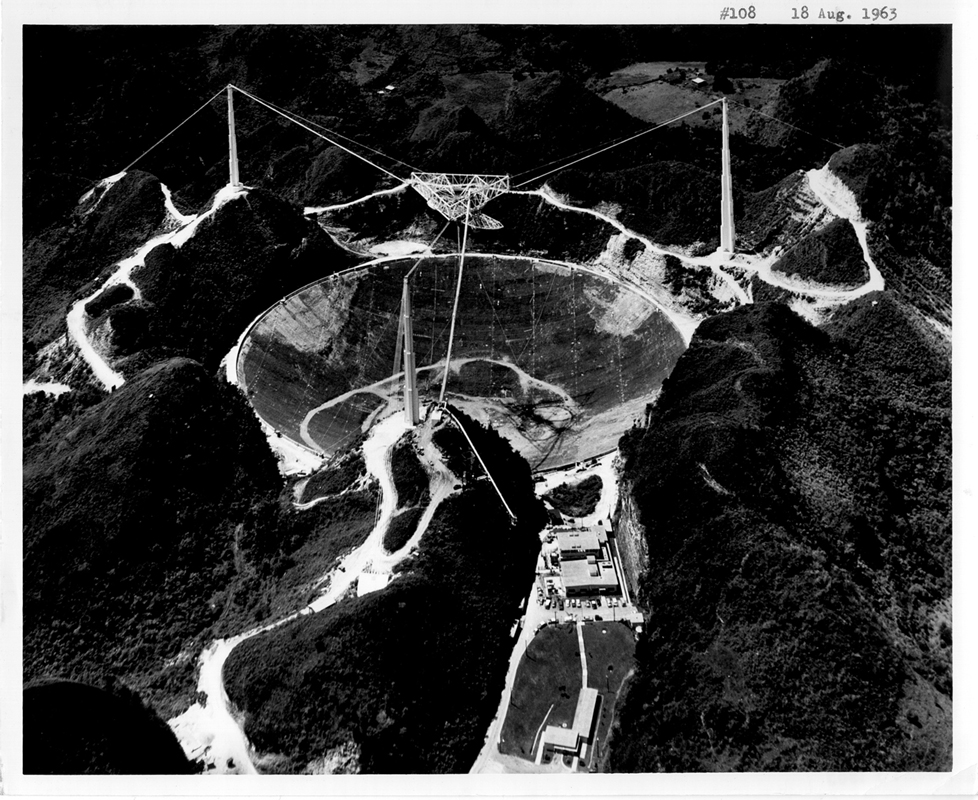[Our newest writer hails from Lancashire (England), where she is also brand new faculty at a local College. Though she will primarily be covering science fiction in film and print, she is also a bit of a scientist, as you'll see from this most intriguing new article. If only Analog could get pieces this readable…]

By Jessica Holmes
On clear nights, I like to bundle myself up in as many blankets as I can find, wheel my way over to the park, and sit clutching a flask of tea as I peer down the sight of my fold-up telescope, gazing at the stars. It’s been a ritual of mine for as long as I can remember, ever since I got my very first telescope and charged up the hill to get a better look at the moon. I recall being tremendously disappointed until my mother pointed out I hadn’t taken the lens cap off.
When I managed to use it properly, it opened a window to worlds beyond worlds, and I’ve been hooked ever since. I’m no astronomer by any means, more of an enthusiastic amateur. If I'm lucky, I may get a nice look at the Galilean Moons, but I often find myself wishing I could see so much more, wondering if somewhere out there, there's someone peering back, too far away to see. Then again, that might be the starry-eyed romantic side of me, having grown up with my nose firmly buried in any book that could take me to another world. Well, just this week, the stars came a little bit closer with the opening of a new telescope.
This is the Arecibo Observatory, and it's the largest radio telescope built to date:

Image courtesy of NAIC
Continue reading [November 3, 1963] Listening To The Stars (the new Arecibo Observatory)

![[November 3, 1963] Listening To The Stars (the new Arecibo Observatory)](https://galacticjourney.org/wp-content/uploads/2018/11/631103aug181963-672x372.jpg)